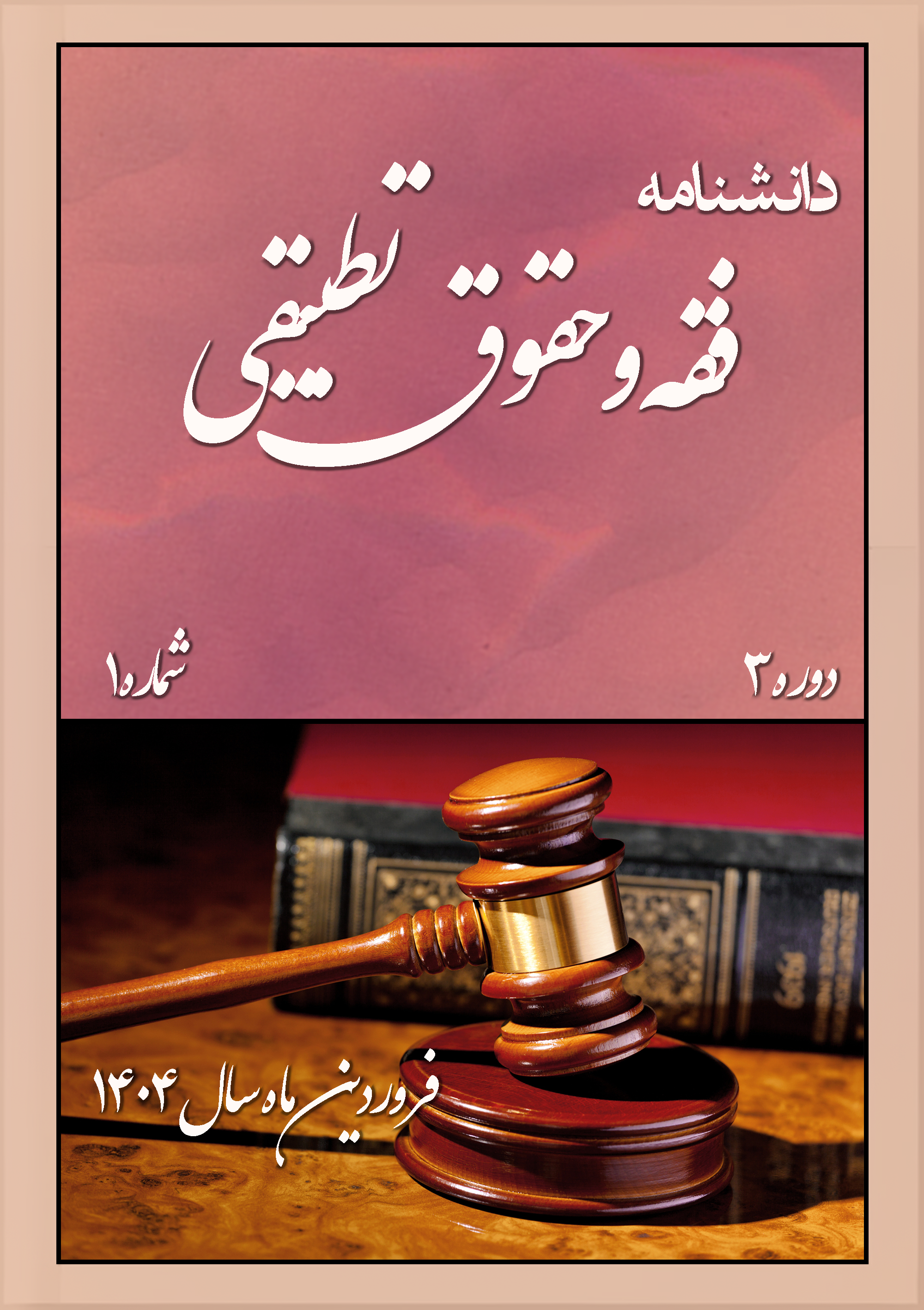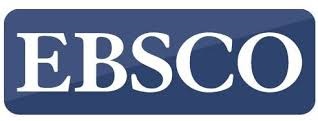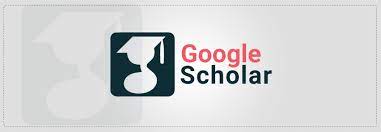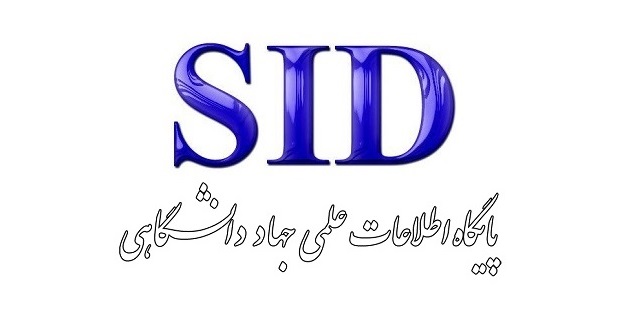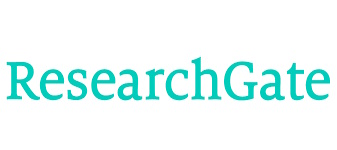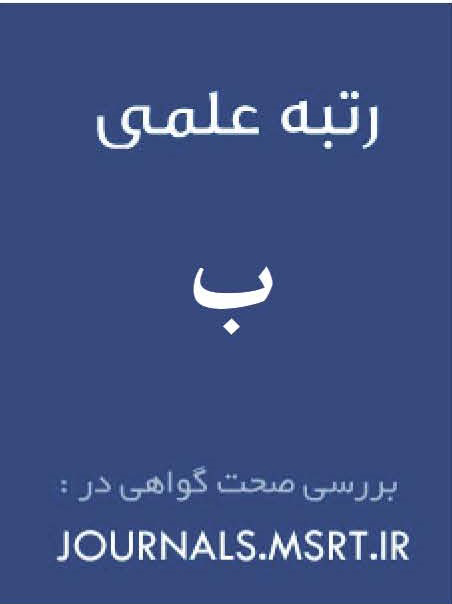Analysis of E-Government Status in Iran Based on the SWOT Matrix
Keywords:
e-government, SWOT matrix, strengths, weaknesses, opportunities, threatsAbstract
This study aims to analyze the current status of e-government in Iran using the SWOT matrix to identify its strengths, weaknesses, opportunities, and threats. A qualitative approach was employed based on content analysis of scientific literature, strategic policy documents, and official reports related to e-government in Iran. Data were gathered through purposive sampling until theoretical saturation and analyzed using NVivo software. Open, axial, and selective coding techniques were applied to categorize the data within the SWOT framework. Findings indicate that Iran’s e-government possesses considerable strengths, including robust ICT infrastructure, regulatory support, skilled human resources, and successful digital platforms. However, major weaknesses include fragmented systems, institutional resistance, digital divide, and cybersecurity concerns. Opportunities such as national digital transformation policies, emerging technologies, and a growing digital culture provide a foundation for progress. Conversely, threats such as international sanctions, managerial instability, and cyber vulnerabilities pose serious challenges to advancement. The study concludes that successful development of e-government in Iran requires an integrated and multidimensional approach, emphasizing inter-agency collaboration, stakeholder engagement, managerial continuity, and public trust. The SWOT framework serves as an effective tool for strategic planning toward smart governance.
Downloads
References
Ashaye, O. R., & Irani, Z. (2019). The role of stakeholders in the effective use of e-government resources in public services. International Journal of Information Management, 49, 253-270. https://doi.org/10.1016/j.ijinfomgt.2019.05.016
Emamverdi, M. (2021). Barriers to the Implementation of E-Government in Executive Agencies. Bartar Andishan.
Gholipour Souteh, R., Mansourian, A., & Allahyari Dovin, M. (2021). Designing an E-Government Model Within the Ethical Framework of Good Governance. Quarterly Journal of Ethics in Science and Technology, 14(2).
Ghorbani Zadeh, V., Abbaspour, J., & Kheyrandish, M. (2022). Meta-Analysis of Factors Influencing the Establishment of E-Government in Iran. Quarterly Journal of Human Resource Studies, 6(19).
Hashemi, N., & Darvish, H. (2023). Designing a work-life balancing model for National Iranian Gas Company employees. Strategic Studies in Petroleum and Energy Industry, 14(56), 97-112. https://www.magiran.com/paper/2573550
Jahangiri, A., & Alavi, N. (2020). Laying the Groundwork for Establishing E-Government: Management and Development Processes. Scientific Journal of Process and Development, 20(3-4).
Jalali Farahani, A. (2010). Government Services and Electronic Communications. Research, Educational, and Informational Journal, 3(19).
Khosravi, H., Tayebi Tavakkol, H., & Mansourian, N. A. (2022). Challenges and Strategies of E-Government in Achieving Democracy. Journal of Contemporary Political Studies, 13(4).
Mahdavi, S. M. (2024). E-Commerce: Strengths and Weaknesses. National Conference on E-Commerce, https://sid.ir/paper/809932/fa
Moeinkochaksaraeii, M., Matani, M., Yousefzadeh, M., & Varedi, S. (2023). Designing the Human Resources Development Model of Electronic Government with an Administrative Health Approach (In the Administrative Organization of Mazandaran Province). iase-idje, 6(1), 198-209. https://doi.org/10.61186/ijes.6.1.198
Nouri, K., Hemmatian, H., Forati, H., & Faezirazi, F. (2020). Provide a conceptual model of e-government development: Review of e-government development in the administrative system reform program. Public Policy In Administration, 10(4), 18-34. magiran.com/p2363237
Rahnavard, F., & Mohammadi, D. (2007). Evaluation of the Evolutionary Stages of E-Government in Iran. Journal of Humanities and Social Sciences Research (Special Issue on Management), 7(27).
Sadegh, N., Sajadi, A, Agili, v. (2014). The Role of establishing e-government on efficiency of Insurance Companies (Case Study, Iran Insurance Company). Urban Management Studies, 5(4), 87-100. https://ums.srbiau.ac.ir/article_6449_05cc9f260ed41e1488055e127ca59049.pdf
Shojaan, A., Taghavifard, M. T., Elyasi, M., & Mohammadi, M. (2019). A Model of the Technology Innovation System in the Area of Iranian Electronic Governance. Journal of Improvement Management, 13(1), 121-152. https://www.behboodmodiriat.ir/article_90765_213214e66d137ae3877642d83a9d858e.pdf
Taghva, M. R., Masnavi, H., Taghavifard, M. T., & Zarandi, S. (2023). E- Governance Development Model Towards Anti-Corruption in Iran. Public Management Researches, 16(60), 163-190. https://doi.org/10.22111/jmr.2022.43343.5841
Tavazooi Far, H. (2024). Comprehensive Study of E-Government in Iran: Opportunities, Challenges, and Improvement Strategies. 12th International and National Conference on Management, Accounting, and Law Studies, Tehran. https://civilica.com
Yaghoubi, E. (2020). E-Government: A New Model for Reforming the Administrative System and Providing Public Services. Urban Management Quarterly(41).
Downloads
Published
Submitted
Revised
Accepted
Issue
Section
License
Copyright (c) 2025 آیت مولایی; محسن بختیاری , علی حاجی پور کند رود (نویسنده)

This work is licensed under a Creative Commons Attribution-NonCommercial 4.0 International License.
